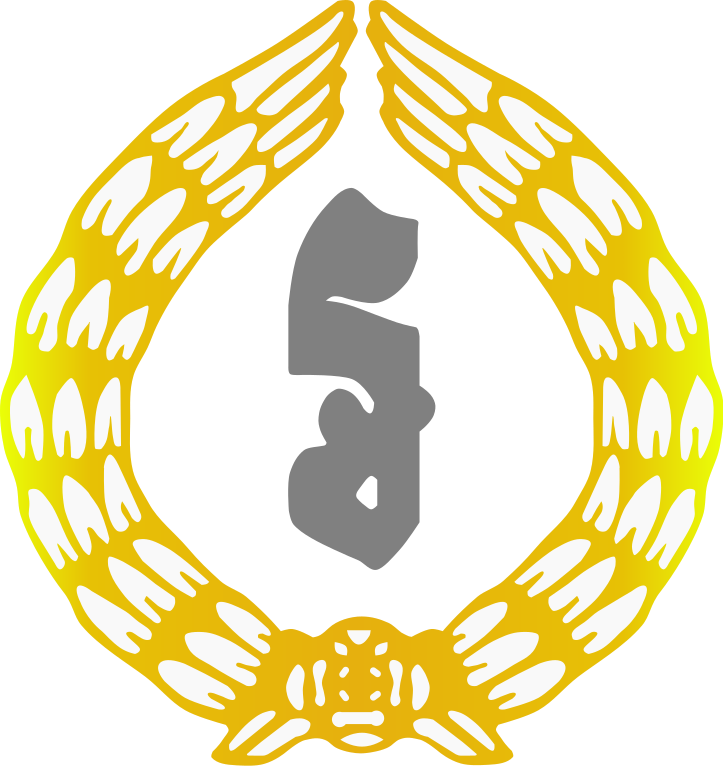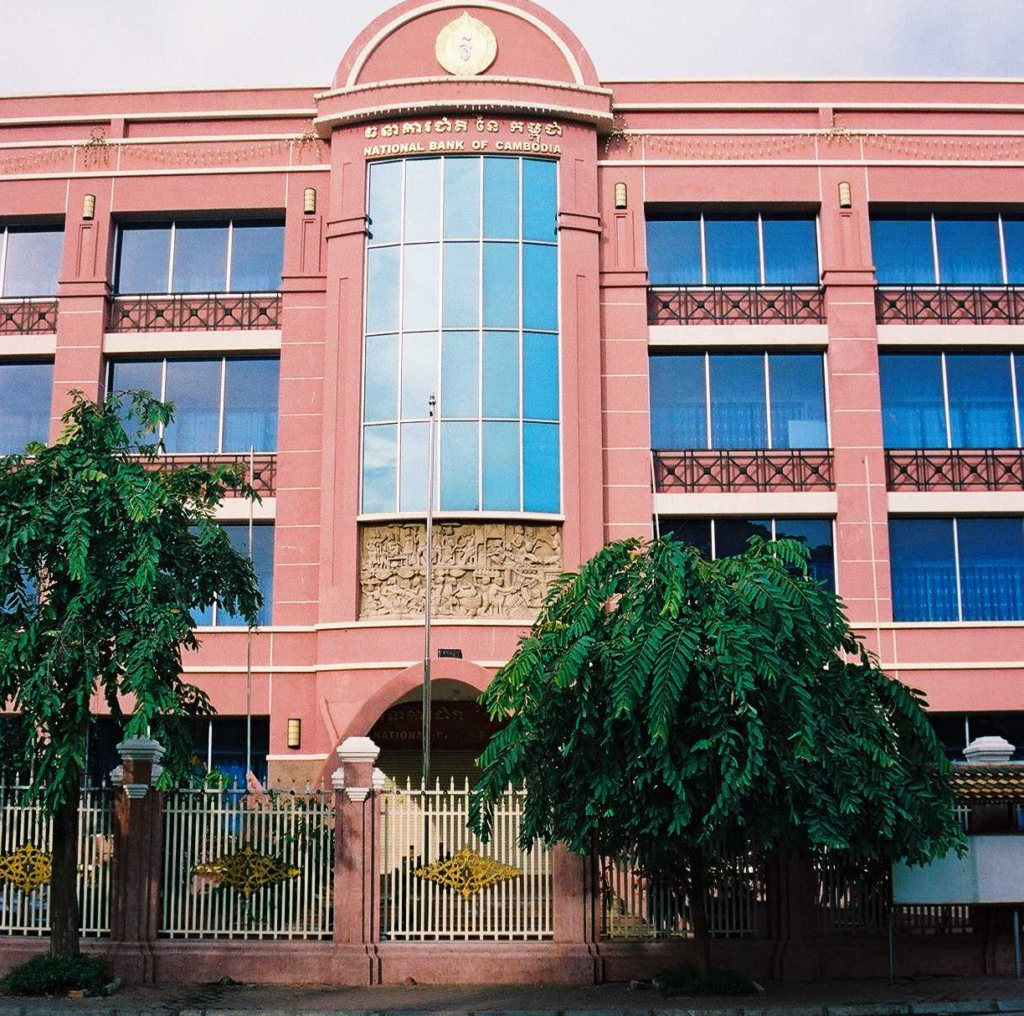The National Bank of Cambodia was established on 23 December 1954, after the country gained its independence from the French Protectorate and after the Institut d’Emission, the printing house for the three Indochinese countries, was closed. After independence, NBC printed its own national currency, the Khmer riel to fully sovereign stabilize Cambodia’s currency and help build the nation’s identity. At the same time, a local banking system was established, in which state banks and private banks began to operate together.
 During the Khmer Rouge era, the National Bank of Cambodia had to close, with its headquarters destroyed and the banking system collapsed as the riel was eliminated by the Khmer Rouge.
During the Khmer Rouge era, the National Bank of Cambodia had to close, with its headquarters destroyed and the banking system collapsed as the riel was eliminated by the Khmer Rouge.
After the Khmer Rouge regime was defeated, the bank was rebuilt from the ground up, facing many challenges due to the destruction during the Khmer Rouge’s rule, but the bank was gradually operated and re-issued. Khmer riel in circulation.
 From 1993 until now, gradually the banking system has been consolidated and modernized when democracy and monarchy returned to Cambodia after the 1993 general election, helping the currency in Cambodia to operate better.
From 1993 until now, gradually the banking system has been consolidated and modernized when democracy and monarchy returned to Cambodia after the 1993 general election, helping the currency in Cambodia to operate better.
Today, as the monetary regulator, NBC is the sole issuer of the Khmer riel, the national currency, which helps maintain monetary stability. As a supervisory authority, NBC has the authority to license, de-license, regulate, and supervise banks and financial institutions in Cambodia. NBC also conducts regular economic and monetary analysis, publishes various publications, monitors the country’s payment system, establishes balance of payments, and participates in the management of foreign debts.
According to Wikipedia














